
Takumi and his daughter Hana live in Mizubiki Village, close to Tokyo. One day, the village inhabitants become aware of a plan to build a camping site near Takumi's house offering city residents a comfortable "escape" to nature.

Under Dorchester Square in Montreal lies the cemetery where 55,000 people were buried in the 19th century. The square is still at the heart of social conflicts in Quebec, 150 years later.

A young woman wakes up on a train going to an unknown destination. She has no recollection of how she got there or where she is. She finds herself in a vast city; a forest of steel and iron and concrete, wandering the dark streets.
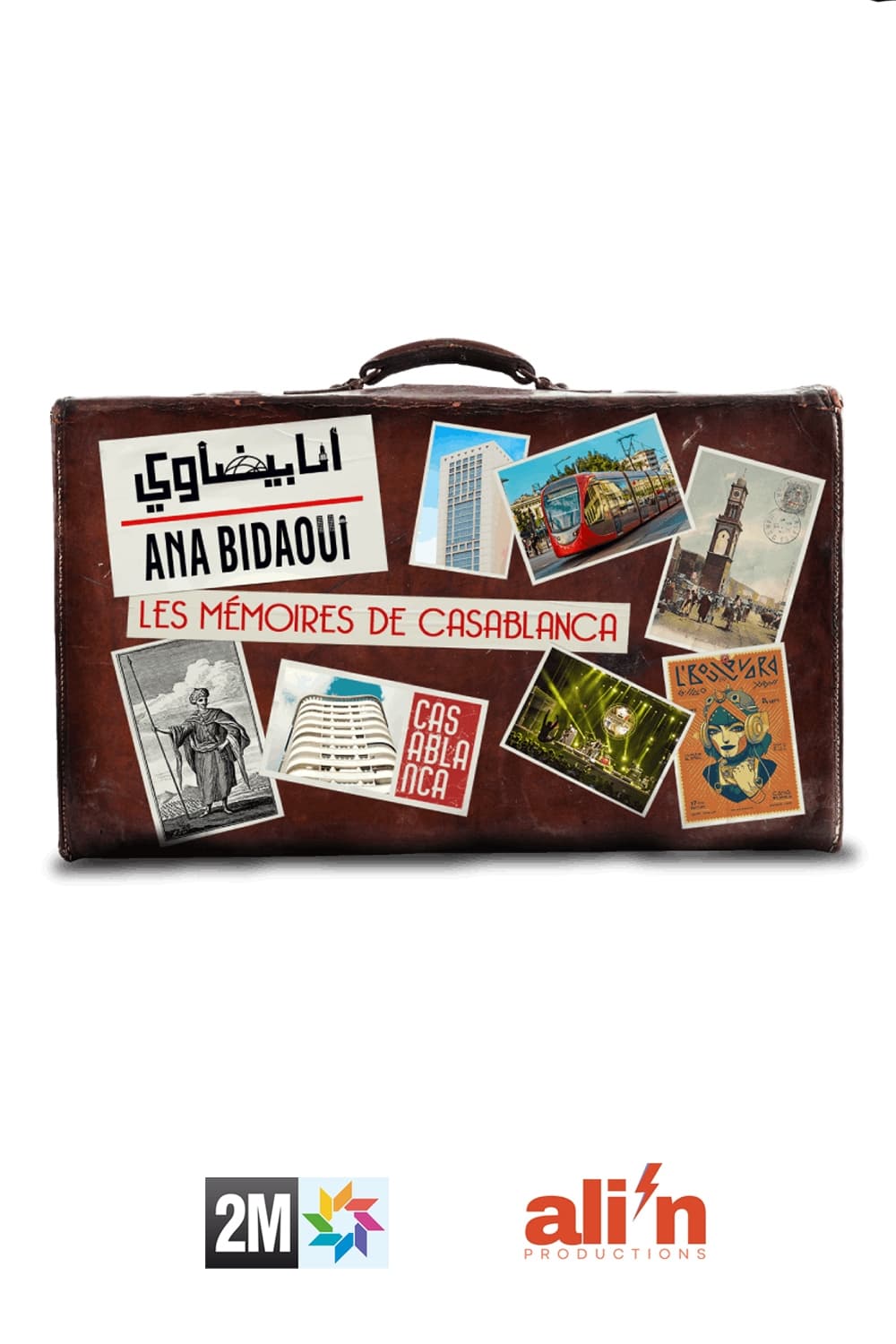
Through interviews with historians, architects, archaeologists and local organizations, this documentary series describes the history of Casablanca, from its origins to the present day.
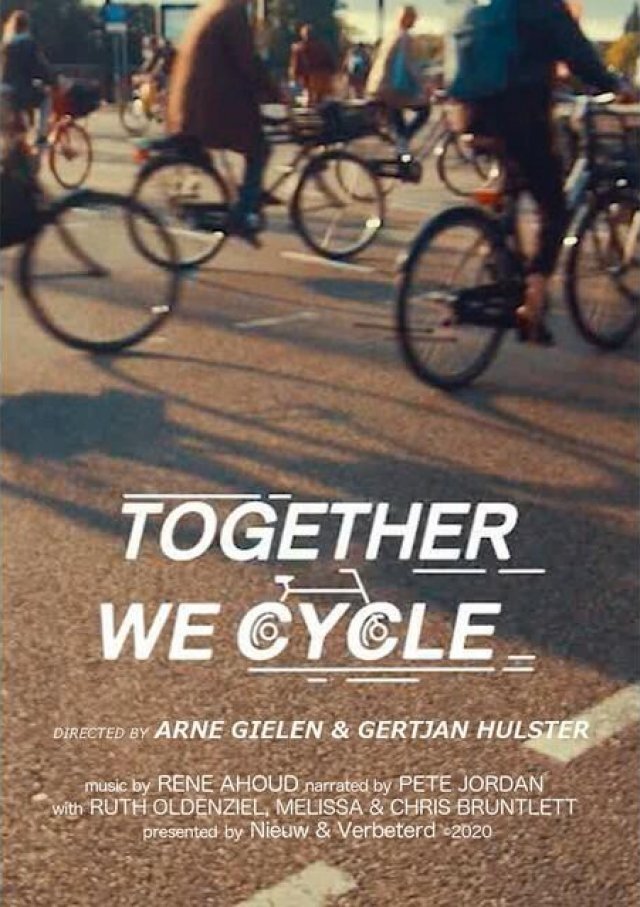
The film Together we cycle investigates the critical events that has led to the revival of the Dutch cycling culture. For most people, cycling in the Netherlands, seems a natural phenomenon. However, until the 1970s the development of mobility in the Netherlands followed trents across the globe. The bicycle had had its day, and the future belonged to the car. The only thing that had to be done was to adapt cities to the influx of cars. Then Dutch society took a different turn. Against all odds people kept on cycling. The question why this happened in the Netherlands, has not an easy answer. There are many factors, events and circumstances that worked together, both socially and policy-wise. In Together we cycle, key players tell the story of the bumpy road which led to the current state. Where cycling is an obvious choice for most citizens.
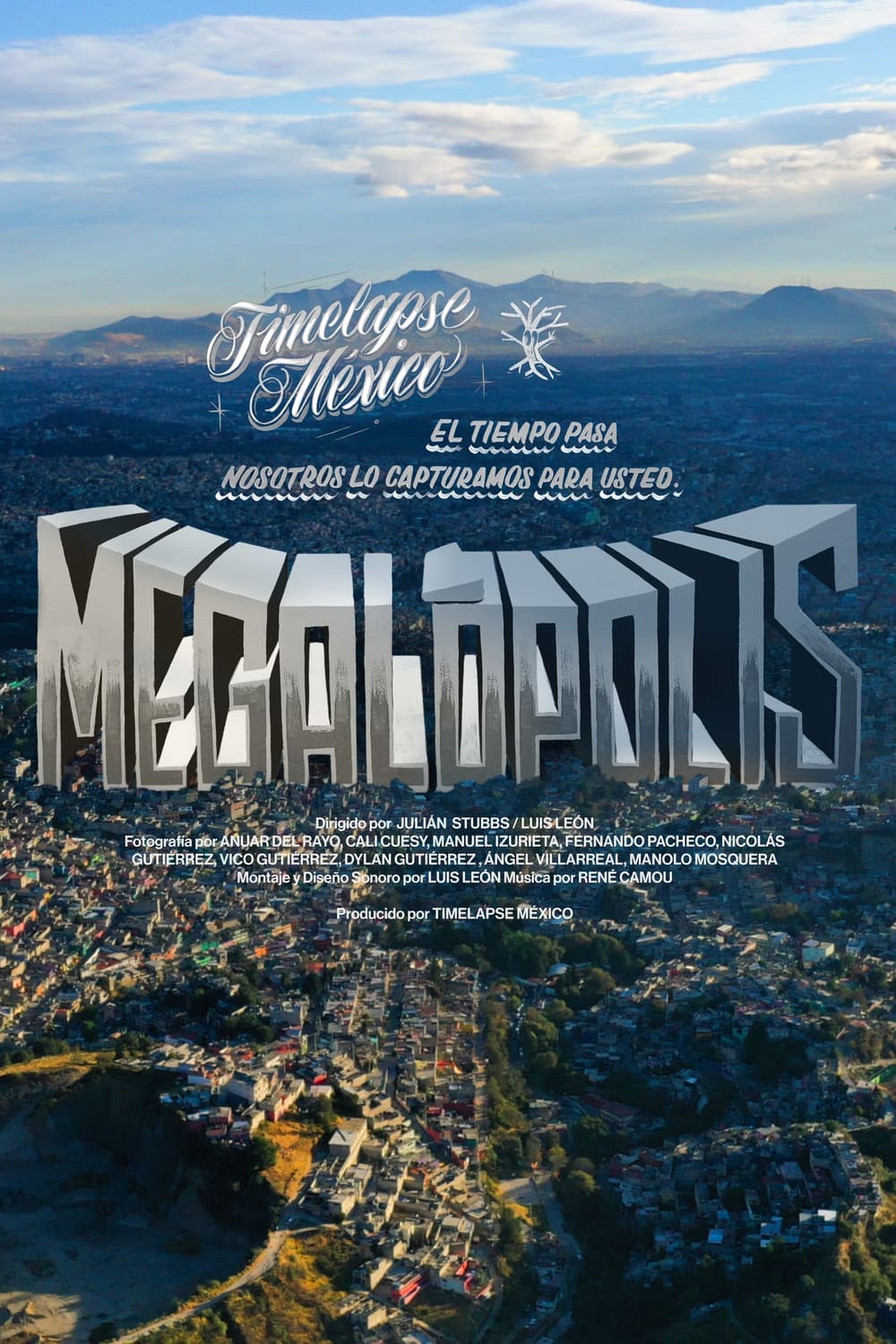
Exploration of the territory in a delirious time-space journey through the largest Megalopolis in America.
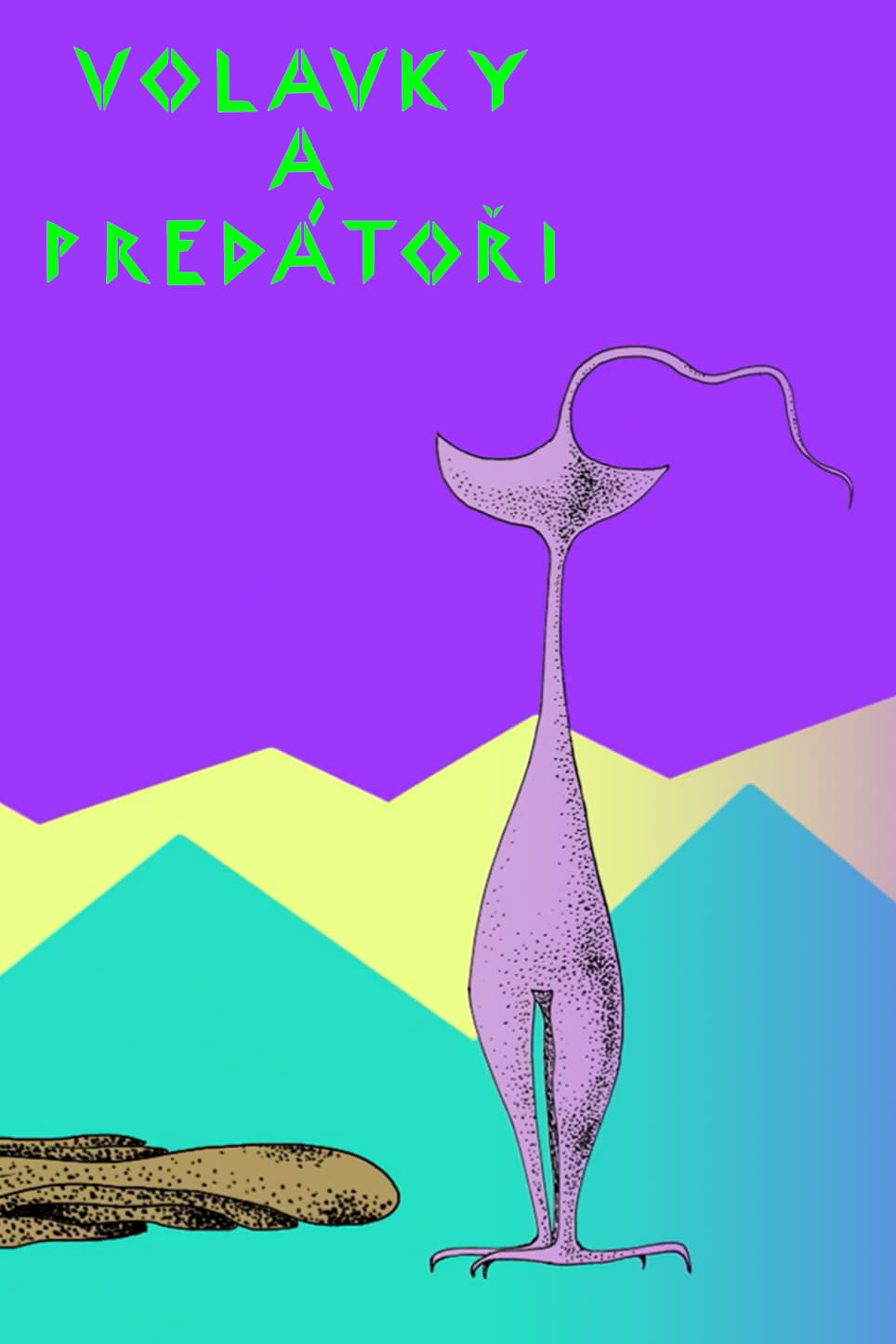
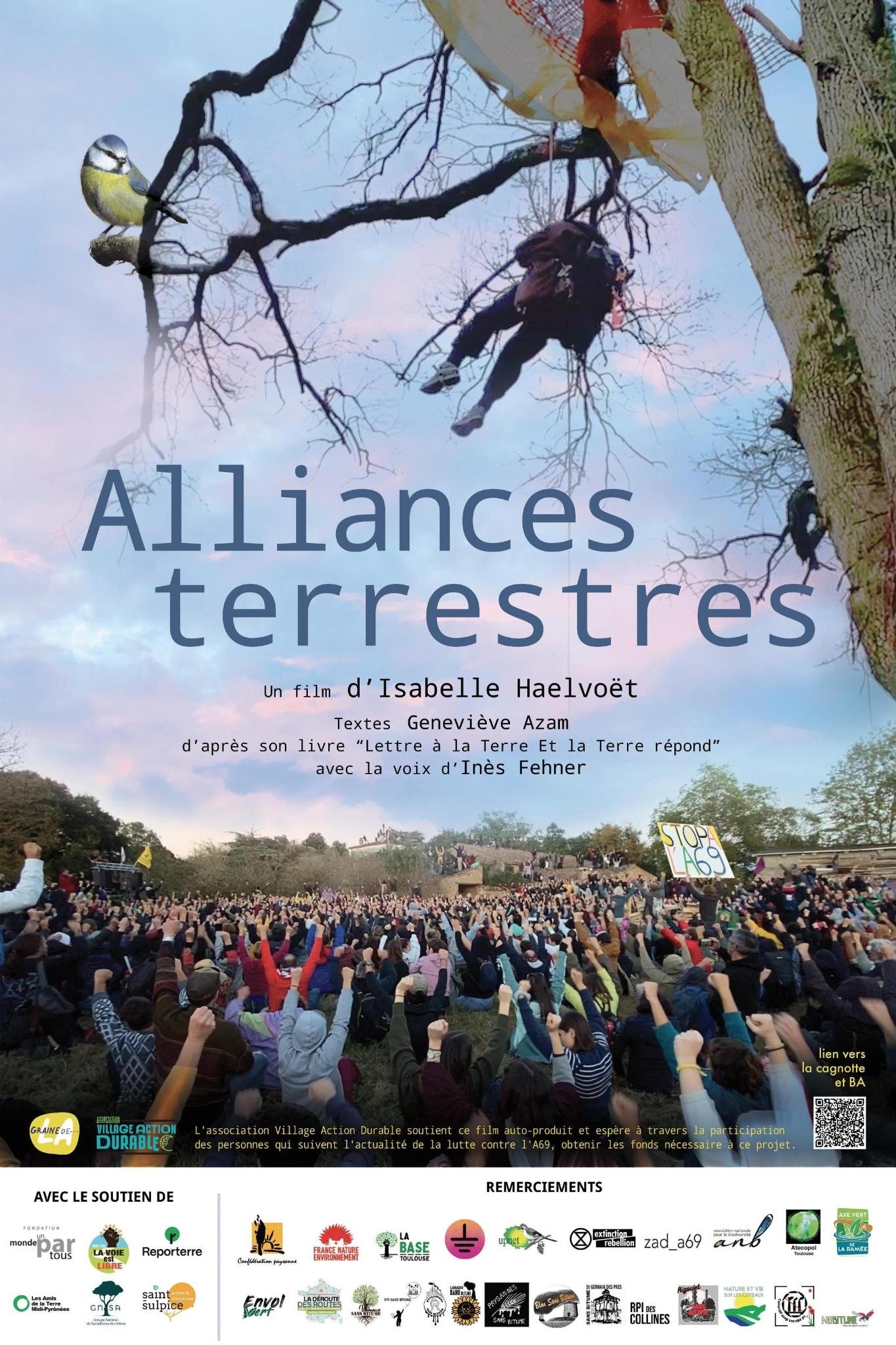
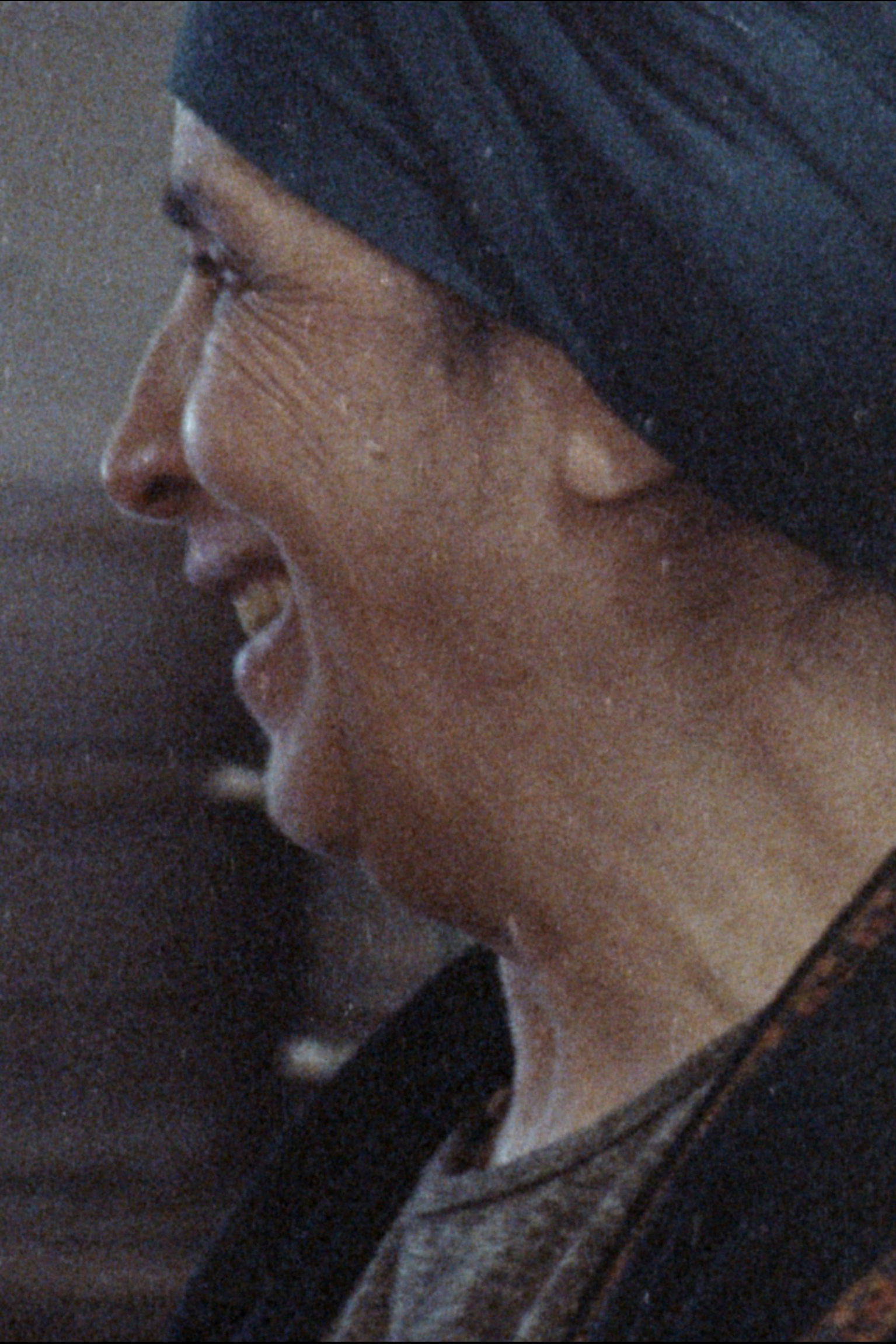

In 1959 New York City announced a "slum clearance plan" by Robert Moses that would displace 2,400 working class and immigrant families, and dozens of businesses, from the Cooper Square section of Manhattan's Lower East Side. Guided by the belief that urban renewal should benefit - not displace - residents, Frances Goldin and her neighbors formed the Cooper Square Committee and launched a campaign to save the neighborhood. Over five decades they fought politicians, developers, white flight, government abandonment, blight, violence, arson, drugs, and gentrification - cyclical forces that have destroyed so many working class neighborhoods across the US. Through tenacious organizing and hundreds of community meetings, they not only held their ground but also developed a vision of community control. Fifty three years later, they established the state's first community land trust - a diverse, permanently affordable neighborhood in the heart of the "real estate capital of the world."
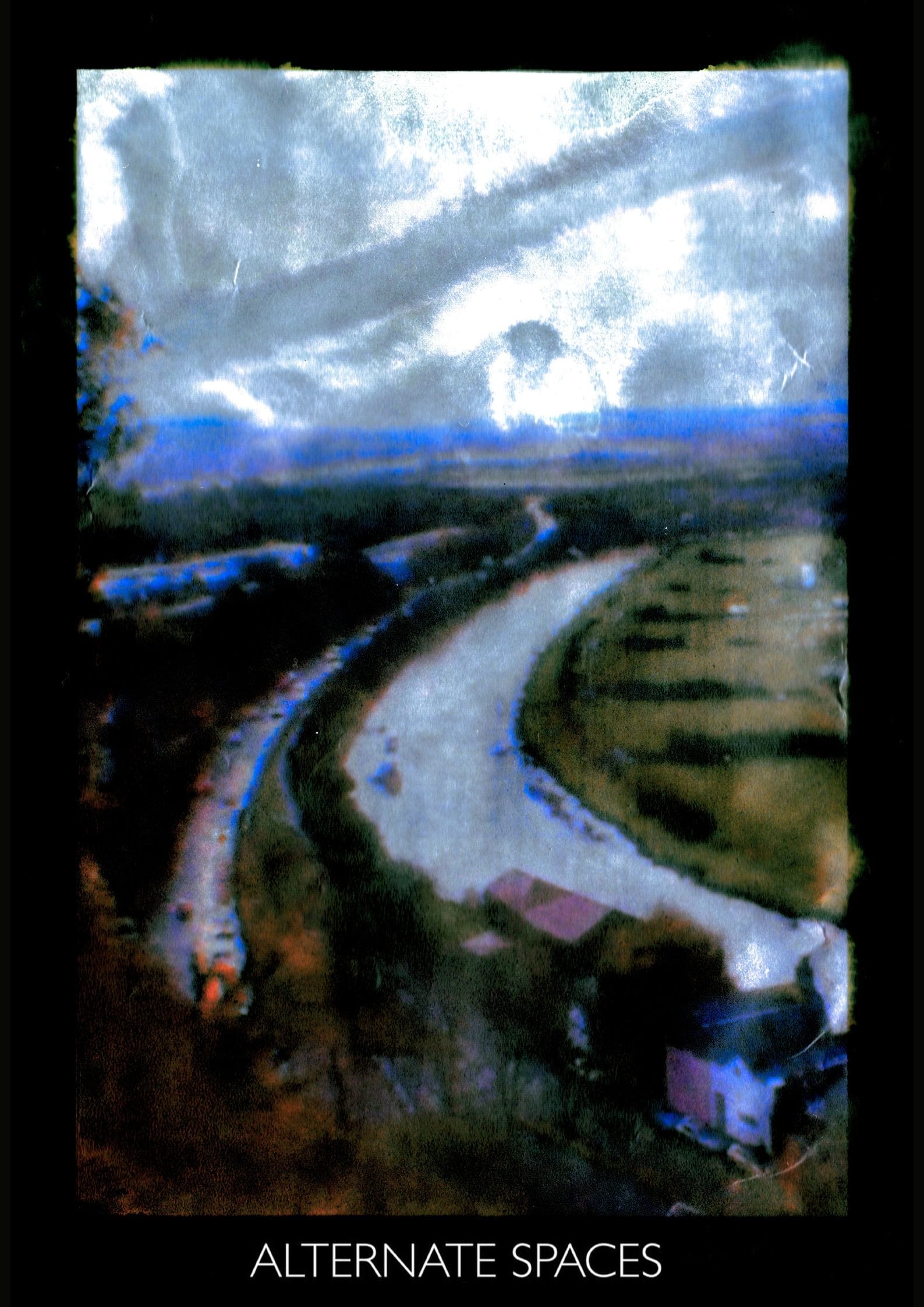
A short documentary on the River Ouse, following it downstream from Lewes to Newhaven, meditating on the surrounding area.

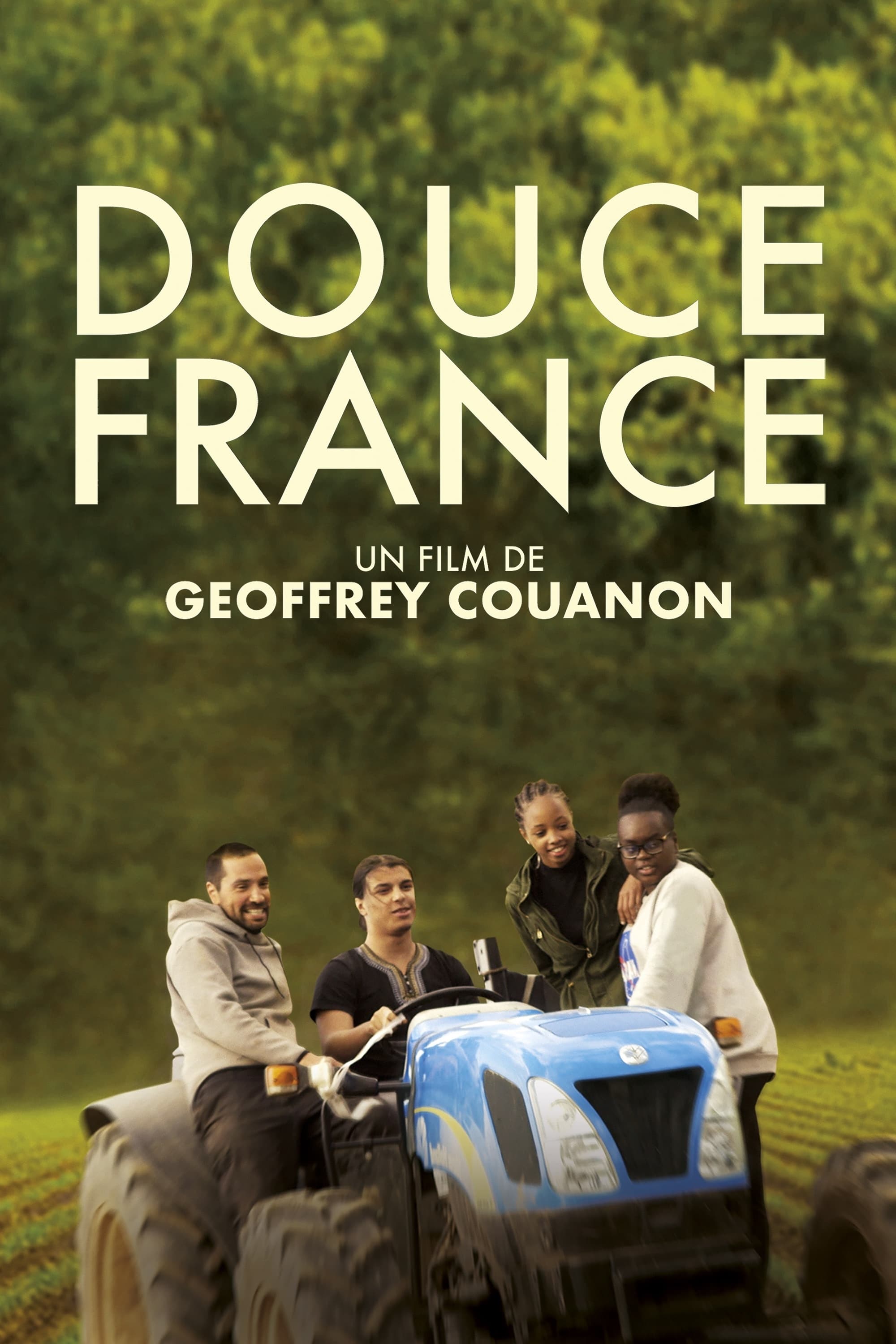
Amina, Sami and Jennyfer are high school students in the Paris suburbs, in 93. At the initiative of 3 of their teachers, they embark on an unexpected investigation into a gigantic leisure park project which involves concreting agricultural land near their homes. But can we have the power to act on a territory when we are 17 years old? Funny and intrepid, these new citizens take us to meet residents of their neighborhood, property developers, farmers and even elected officials of the National Assembly. A joyful quest that challenges conventional wisdom and revives our connection to the land!
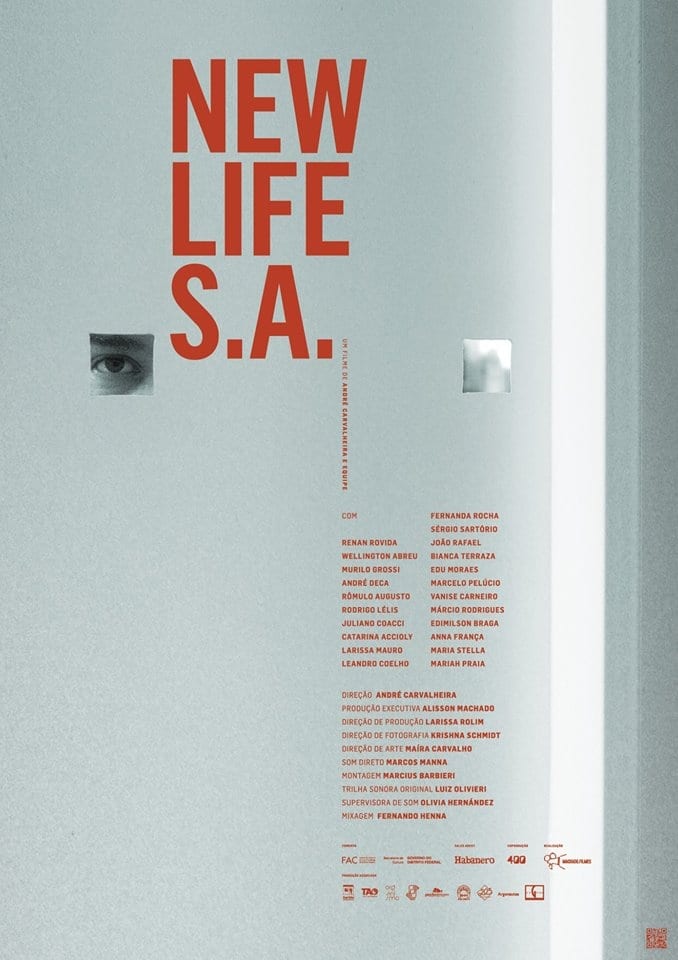
A young architect embarks on an ambitious real state development project in Brasília, convinced that he could actually help transform people’s lives and build a new form of society. But his utopia begins to fall apart when his dreams get in the way of corporate corruption and personal interests.
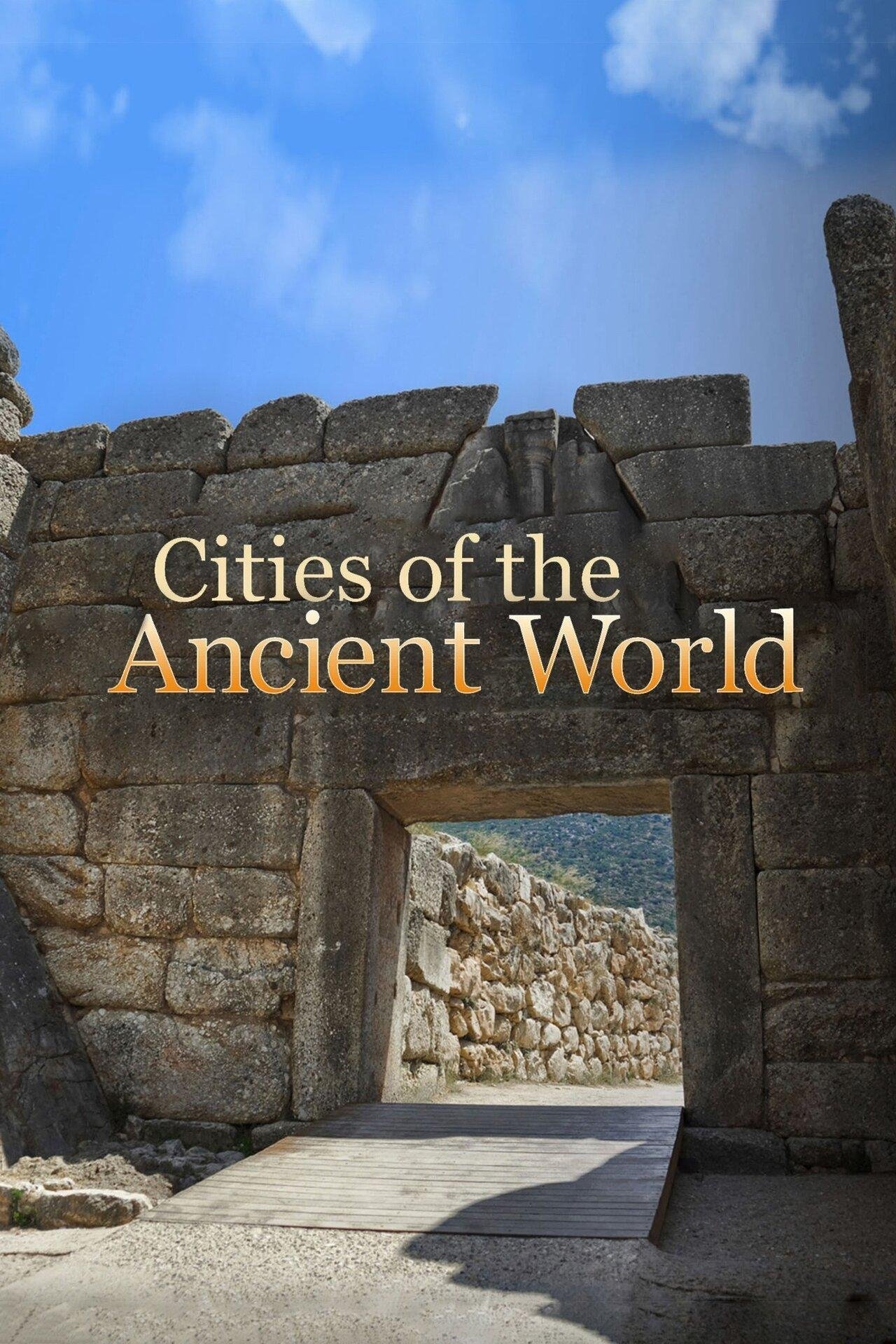
People live in a world of cities; reflecting on ancient models of the city as a human phenomenon offers important lessons about today's culture; an opportunity to survey the breadth of the ancient world through the context of its urban development.

Casablanca, vibrant and diverse, always ahead of its time, is the star of this exceptional show bringing together leading speakers and contributors to tell the story, experience the present, and build the future of Metropolitan Casablanca.

The war zone of a dystopian multiplayer shooting game is used to embark some urban explorers on a winter walk, avoiding the combats whenever possible, as peaceful observers, inhabitants of a digital world, which is a detailed replica of Midtown Manhattan.

A group of people in a dystopian future is led through the last forest in existence. Plants? What were they again?
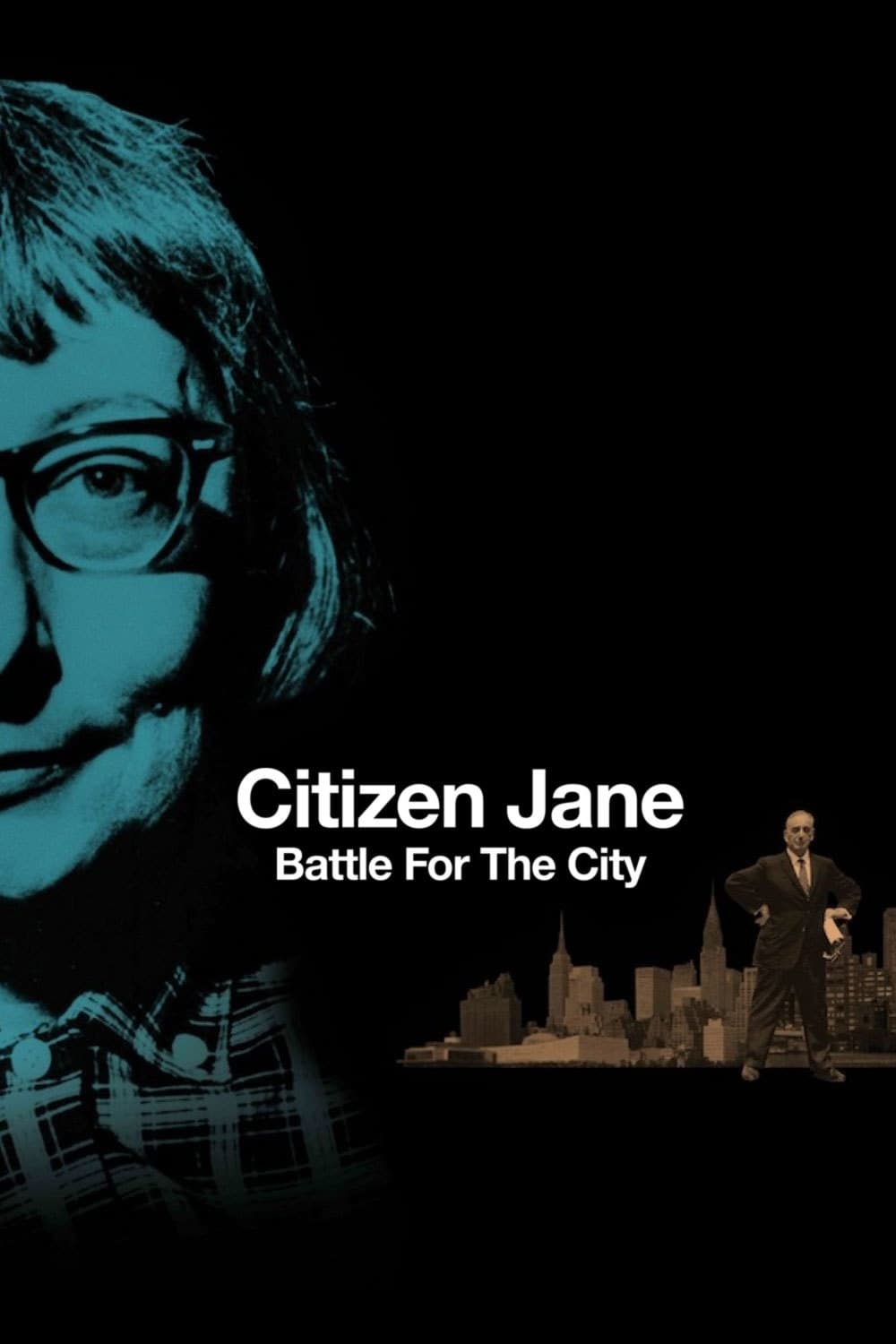
Writer and urban activist Jane Jacobs fights to save historic New York City during the ruthless redevelopment era of urban planner Robert Moses in the 1960s.
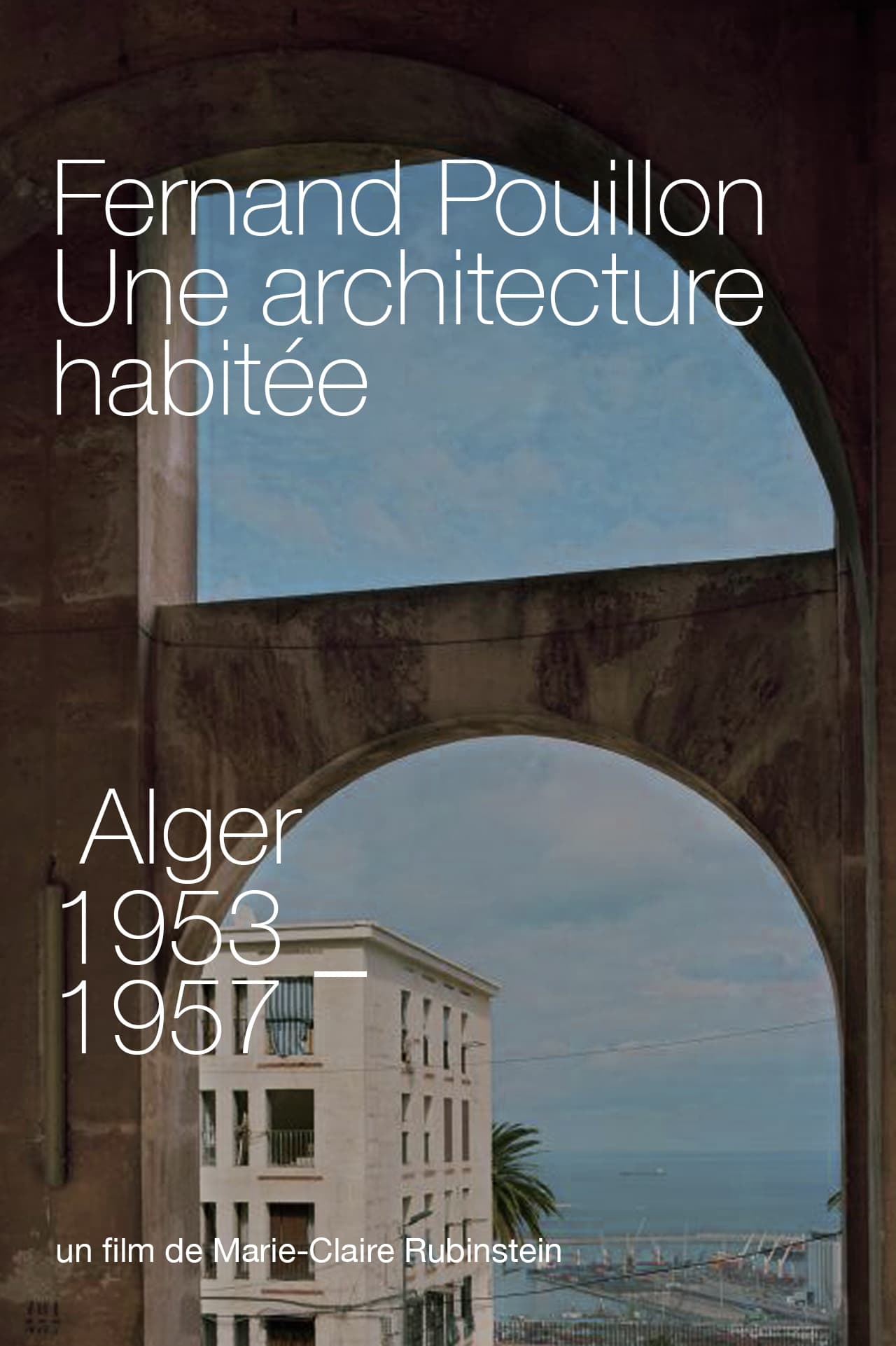
In this documentary, Marie-Claire Rubinstein reveals to us, through the testimonies of the inhabitants who live there, the architectural achievements of the French urban planner Fernand Pouillon in Algiers. In particular the vast complexes of hundreds of social housing units, including the most famous Diar E Saâd (1953), Diar El Mahçoul (1954) and Climat de France (1957). The historical context, during the war of independence is related by the historian Benjamin Stora and Nadir Boumaza. This documentary also evokes the personality of Fernand Pouillon in a post-colonial context.
Focusing on the Matta-Viel complex, the immediate environment, the program, the materiality, the community of neighbors and its architects and what they represented in the modern Latin American architectural panorama.


This haunting, beautifully crafted animation is set in a not-so-distant dystopia where lonely, suspicious pack dogs set the boundaries of their world amidst the remains of human presence. Within the confines of this border, the best and worst of animal behavior begin to manifest.
By browsing this website, you accept our cookies policy.